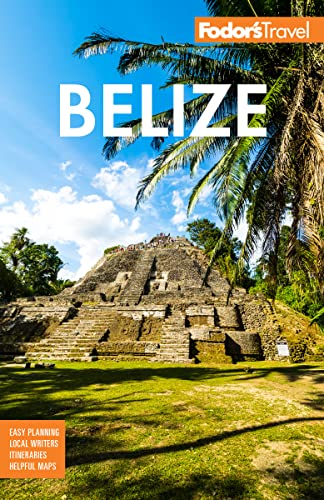The Many Cultures of Belize
Belize is a rich gumbo of colors and languages. Creoles, also known as Kriols, once the majority, now make up only about a quarter of the population. Creoles in Belize are descendants of slaves brought from Jamaica to work in the logging industry. By the early 18th century, people of African descent came to outnumber those of British origin in Belize. The two groups united early in the country's history to defeat a common enemy, the Spanish. Most of the Creole population today is concentrated in Belize City and in the rural villages of Belize District such as Gales Point and Crooked Tree, although there are predominantly Creole villages elsewhere, including Monkey River and Placencia. English is the country's official language and taught in school, although an English dialect, Creole, is widely spoken, and there are now more native Spanish speakers in Belize than English speakers.
Mestizos are the fastest-growing group in Belize and make up about half the population. These are persons of mixed European and Mayan heritage, typically speaking Spanish as a first language and English as a second. Some migrated to Belize from Mexico during the Yucatán Caste Wars of the mid-19th century. More recently, many "Spanish" (as they're often called in Belize) have moved from Guatemala, El Salvador, Honduras, or elsewhere in Central America. According to the 2010 Belize Census, more than 33,000 residents of Belize were born in other Central American countries. Mestizos are concentrated in northern and western Belize.
Numbering close to a million at the height of the Mayan kingdoms, the Maya today constitute less than one-tenth of the Belize population of 357,000. There are concentrations of Yucatec Maya in Corozal and Orange Walk districts, Mopan Maya in Toledo and Cayo districts, and also Ketchi Maya in about 30 villages in Toledo. Most speak their Mayan dialect and either English or Spanish, or both.
About one in twenty Belizeans is a Garífuna. The Garinagu (the plural of Garífuna) are of mixed African and Carib Indian heritage. Most originally came to Belize from Honduras in the 1820s and 1830s. Dangriga and Punta Gorda are towns with large Garífuna populations, as are the villages of Seine Bight, Hopkins, and Barranco. Besides their own tongue—an Arawakan-based language with smatterings of West African words—many Garinagu speak English and Creole and sometimes Spanish.
Other groups include more than 11,000 Mennonites, who tend to live in their own communities such as Spanish Lookout, Blue Creek, Barton Creek, Shipyard, and Little Belize; and sizable groups of East Indians and Chinese, mostly from Taiwan and Hong Kong. Belize's original white populations were English, but today's "gringos" are mostly expats from the United States and Canada, with some from the United Kingdom and various Commonwealth countries, together numbering several thousand. All these groups find in this tiny country a tolerant and amiable home.
Whatever the background of its citizens, Belize's population is young. More than two out of five Belizeans are under 15 years of age, and the median age is just 22.




